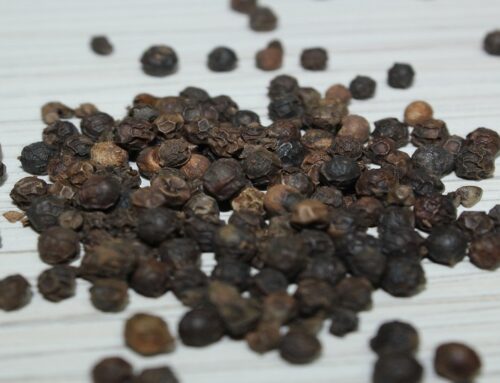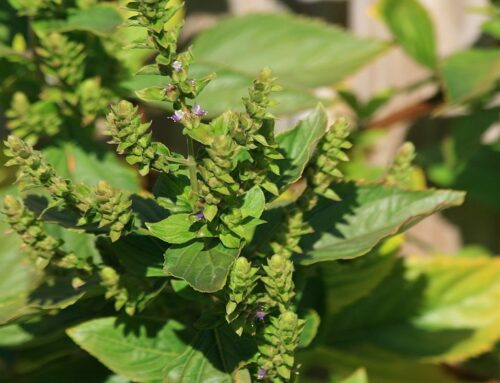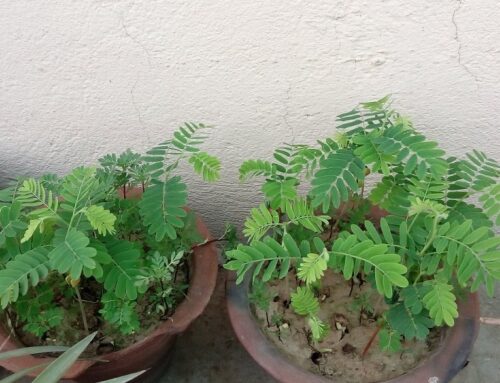Pineapple is a popular tropical fruit. Scientific name of pineapple plant is Ananas comosus. It belongs to the family of Bromeliaceae. Pineapples are a native to southern Brazil and Paraguay.
Nutrition in Raw Pineapples
Pineapple fruits can be consumed as a raw dessert fruit and also be used as an ingredient in different types of foods in various ways. According to USDA (the United States Dept. of Agriculture), the nutrient composition of raw pineapples are: Water: 86 g, Energy: 50 kcal, Protein: 0.54 g, Total lipid (fat): 0.12 g, Carbohydrate: 13.12 g, Fiber, total dietary: 1.4 g, Sugars: 9.85 g, Calcium: 13 mg, Iron: 0.29 mg, Magnesium: 12 mg, Phosphorus: 8 mg, Potassium: 109 mg, Sodium: 1 mg, Zinc: 0.12 mg, Vitamin C: 47.8 mg, Thiamin: 0.079 mg, Riboflavin: 0.032 mg, Niacin: 0.5 mg, Vitamin B-6: 0.112 mg, Folate, DFE: 18 ug, Vitamin A: 58 IU, Vitamin E (alpha-tocopherol): 0.02 mg, Vitamin K (phylloquinone): 0.7 ug, Fatty acids, total saturated: 0.009 g, Fatty acids, total monounsaturated: 0.013 g and Fatty acids, total polyunsaturated: 0.04 g
Nutrition in Canned Pineapple Juice
As per USDA, the nutrient composition of canned pineapple juice (including solids and liquids) are: Water: 83.51 g, Energy: 60 kcal, Protein: 0.42 g, Total lipid (fat): 0.08 g, Carbohydrate: 15.7 g, Fiber, total dietary: 0.8 g, Sugars: 14.45 g, Calcium: 14 mg, Iron: 0.28 mg, Magnesium: 14 mg, Phosphorus: 6 mg, Potassium: 122 mg, Sodium: 1 mg, Zinc: 0.1 mg, Vitamin C, total ascorbic acid: 9.5 mg, Thiamin: 0.095 mg, Riboflavin: 0.019 mg, Niacin: 0.284 mg, Vitamin B-6: 0.074 mg, Folate, DFE: 5 ug, Vitamin A: 38 IU, Vitamin E (alpha-tocopherol): 0.01 mg, Vitamin K (phylloquinone): 0.3 ug, Fatty acids, total saturated: 0.006 g, Fatty acids, total monounsaturated: 0.01 g and Fatty acids, total polyunsaturated: 0.029 g.
Making Fresh Pineapple Juice: A detailed account of juice preparation process is given below:
- Step 1: Selection of fresh, ripe fruits
- Step 2: Peeling of the fruits and removal of cores
- Step 3: Slicing the remaining flesh of the fruit into small chunks
- Step 4: Crushing of the pineapple pieces in a mixer or juice maker or crusher to extract pineapple juice
- Step 5: Sieving and straining of the juices to remove all fibers and other unwanted materials
- Step 6: Store the juice in glass containers in a refrigerator for further uses
We regularly publish informative videos on various “Food, Agriculture, Gardening and Horticulture” topics. You may view these videos here…
You may also check out our Digital Publishing Services for Food, Agriculture, Gardening and Horticulture Sector by visiting this link







Leave A Comment
You must be logged in to post a comment.